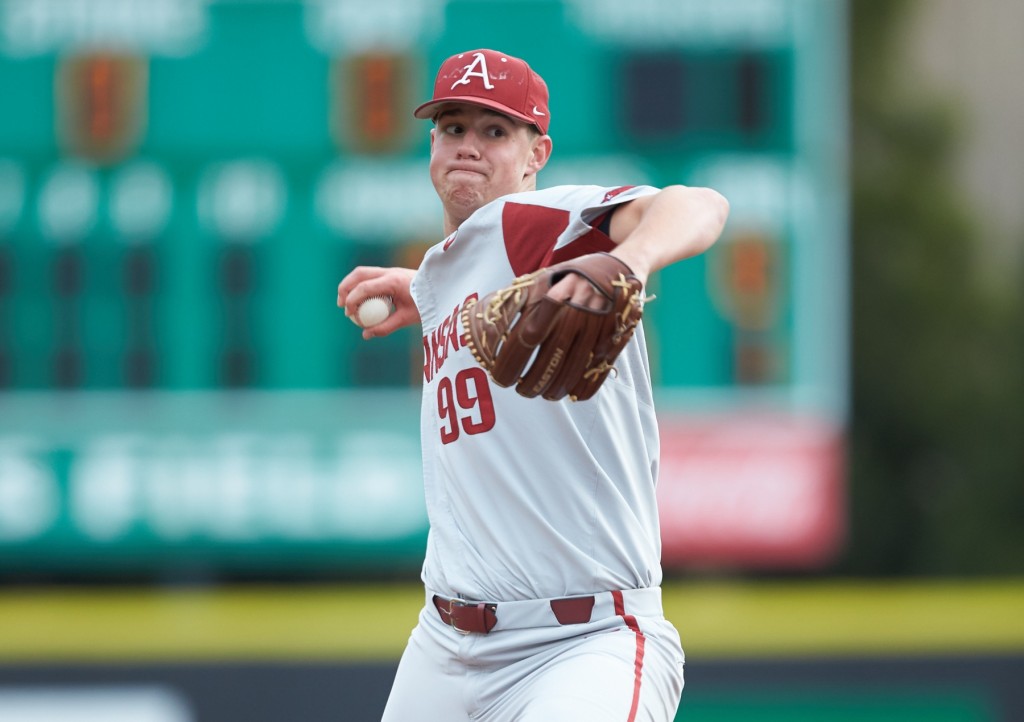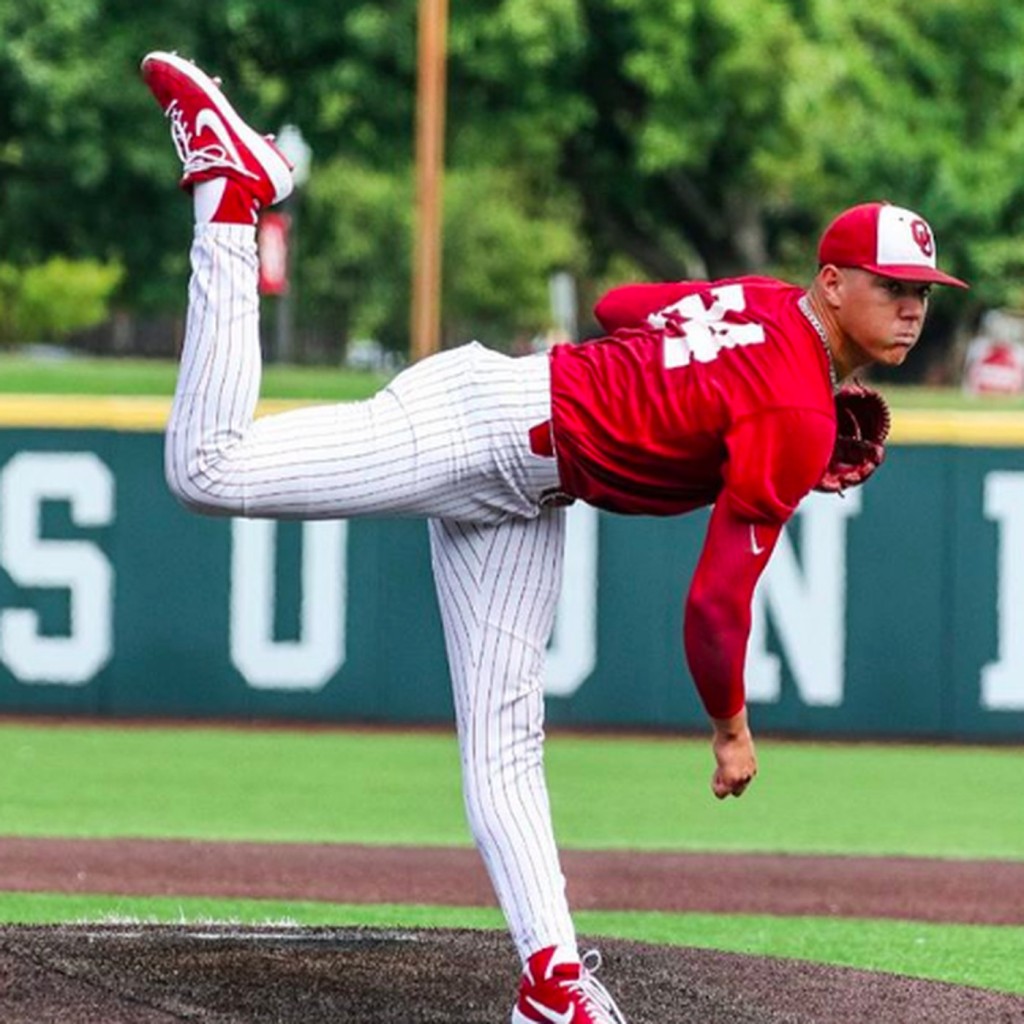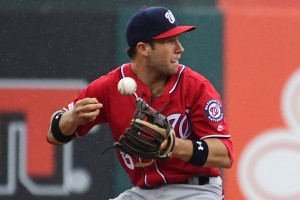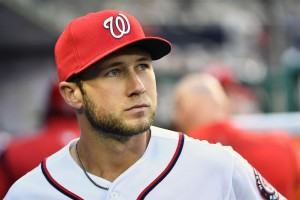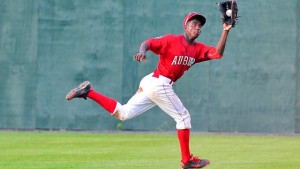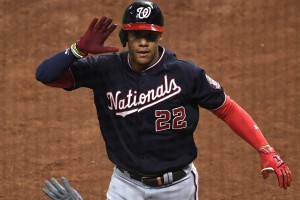
Soto is by far the best IFA product in the Nats history. And he’s only 20. Source NYPost
So, i’ve been critical of the Nats top-end drafting lately in this space, as it has contributed to our overall paltry farm system rankings. And i’ve been critical of the handling of the farm system in general.
But a counter argument is, if you do well in the IFA market … you can paper over bad drafts. Absolutely true! So, lets take a look at the fruits of the Nats IFA endeavors over the years.
Here’s an overview of the best products from each IFA July 2nd signing class.
Before we start, its worth reviewing the CBA rules set forth that govern IFAs over the years. Full CBA details here: https://legacy.baseballprospectus.com/compensation/cots/league-info/cba-history/ . As the rules change here i’ll put in a note, because they drive context for various IFA years.
IFA starting point for 2005: no rules; free-for-all, no spending limits, its the true wild west.
The Nats, of course, are a steward of the MLB and were barred from even attempting to improve the 2005 roster mid season, let alone spend big money in the IFA market.
- 2005: Jhonatan Solano only real prospect
- 2006: Smiley Gonzalez; $1.4M bonus: all eggs in this one basket; nobody else from class ever appeared as a prospect
In July 2006, the Lerner’s took over. But retained the existing management team and (as was frequently noted at the time), did not really invest in the team for some years (“Lerners are cheap!”)
- 2007: Adrian Sanchez, Sandy Leon, Eury Perez; not bad in that three players made the majors; none really an impact player
- 2008: not one signee ever appeared on any prospect ranking; fall out from the Smiley Gonzalez situation
- 2009: No prospects of note and none remain, still fall out from rebuilding of entire DR operation under Rizzo
So, we’ll take a break here to discuss the obvious. For basically three years as the team transitioned away from the Smiley Gonzalez scandal we had basically nothing come from international scouting. The team had to cut ties with all its DR operations, it
fired its staff in-country (
Jose Rijo) and fired its general manager
Jim Bowden. So, its worth a quick discussion as to the context the team and
Mike Rizzo began with starting in 2010.
- 2010: Big money signing in Yunesky Maya that didn’t really pay off. Also got Difo and Suero, each for almost no money. Ruiz in AA remains in org. Pretty good class.
- 2011: 7 players from class appeared on rankings at some point: Raudy Read, Pedro Severino best players, several guys got to AA or AAA. Jose Marmolejos in this class too.
When you’re signing 16yr olds … it may very well take 7 years to see any progress. Here we are in 2020 and Raudy Read still has options, is still in the mix. Difo an edge-of-the-roster backup middle infielder, Suero a solid middle reliever.
Starting for the 2012 season, the new CBA attempted to put limits onto IFA spending, imposing taxes and penalties for those who went over the bonus limits. But what teams discovered was that the pathway forward with these new rules was to pick a year and “blow it out,” basically spend without limits and then take the penalties for the next two seasons. You saw lots of teams attempt this strategy, including the big-money teams like New York and Los Angeles.
- 2012: Reynaldo Lopez for just 17k biggest win, Rafael Bautista still in org
- 2013: 7 guys on prospect lists, Anderson Franco biggest money signing for $900k, Steven Fuentes probably highest ranked prospect at this point. Still several guys on AA and high-A rosters from class.
- 2014: Victor Robles big win for just 225k. Pena, Baez still in system. Gilbert Lara was the big money guy, but he’s not exactly lighting it up in A-ball right now.
So, the first 5 years of the Rizzo regime featured a big swing and miss on the Cuban Maya. I always liked him; loved that he had 8 pitches, but his fastball was just never as advertised. We thought we were getting the next Livan Hernandez (age 23) but instead we got the next Livan Hernandez (age 35). But, they had some HUGE wins here: Lopez for $17k is fantastic. We still have some Fuentes fans who think he may succeed. Robles for just $225k is perhaps an even bigger win than Lopez, given his development path and all star projection. Plus we still have a ton of guys who might feature as role players. So the rebuilding plan is back on track.
- 2015: Juan Soto for 1.5M; obviously a win. but little else from class to note. Taveras, Chu, German, Alastre at various lower minors stops.
A change in strategy; the Nats went for an “all eggs in one basket” approach for the first time since 2010. And it has paid off in spades. $1.5M for Soto, who is now an MVP candidate. One hit like this from your IFA makes up for more than a few classes. We still may see something out of someone like German, who got an NRI this year and may be the next Wander Suero.
- 2016: a TON of money spent: Garcia (1.3), Antuna (3.9m), Pineda (450k), Sanchez (950k); so far, plus Yadiel Hernandez as an older signee. The potential is there for sure, as at least four of these guys are listed as top prospects. Niomar Gomez in low-A rotation a sleeper.
This was finally the year Washington exploded their bonus pools, and the timing was solid. They figured that the new CBA would eliminate the “binge mode” loophole so they spent and spent. Lots of these acquired prospects remain in the system now and will for years to come. Garcia is our #2 prospect, Antuna should return to the prospect fold after he gets over his injury-riddled 2019. A lot of people look at Pineda as a sleeper; his star dimmed in 2019 but it might improve with a solid bounce back season. I know there’s Hernandez fans out here who point at his massive 2019 AAA numbers … but the dude is 32 now, limited defensively to a corner at best; how is this a prospect?
In late 2016, a
new CBA was signed that changed the rules here yet again. The complete rules are detailed here: http://m.mlb.com/glossary/transactions/international-amateur-free-agency-bonus-pool-money, but basically we went from the soft limit with penalties to more hard caps. So the IFA market now operates more like the Rule 4 draft; no going over, no chicanery.
It also means that, like the draft, you have to hit on your money picks. Of course, its also far, far too early to pass any judgement on our three classes since.
- 2017: way too early to tell; the 4 guys getting prospect love from this class are all at GCL. Yeah, Arias leading guys right now.
- 2018: Jeremy De La Rosa only top-30 prospect so far but the GCL/DSL is littered with 2018 IFA signees
- 2019: Already getting prospect love for Andry Lara and Roismar Quintana; we spread more money around this year so promising.
Conclusions?
So, since moving to Washington really they’ve had just two stars out of IFA work; Robles and Soto. they’ve had a couple more slightly better than replacement players (Lopez, Suero). And they’ve had a ton of guys who have hit the majors in some fashion or another at the replacement level (Difo, Solano, Perez, Leon, etc).
The nats will probably roll out a 2020 lineup that contains at least three and perhaps four IFA home-grown signings (Robles, Soto, Suero for sure, perhaps Difo or Sanchez). That’s pretty darn good, considering that the 2020 25-man roster likely only features 5 players that the team drafted (Stevenson, Taylor, Zimmerman, Strasburg and Voth) and only one of them will be in the “core 14 players” that comprise our starting 8 positional players, 5 rotation mates and closer.
but you have to ask; in 15 years they’ve generated precisely two above-replacement level WAR guys. Is that a failure?
